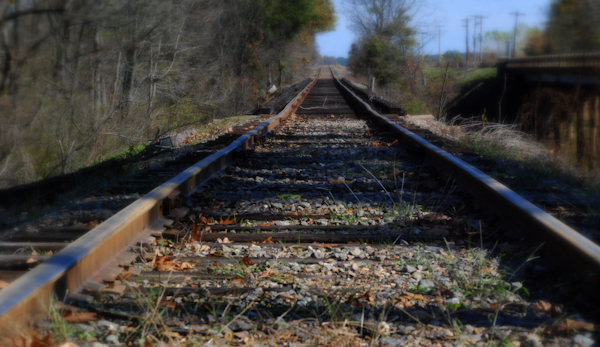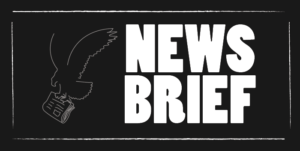Photo by: Henoc Kivuye
Oklahoma City will join the ranks of New York, Chicago and London with the new public rails project.
The $130 million project will travel as far north as 11th St. connecting St. Anthony’s Hospital campus, Automobile Alley, the Business District and Bricktown. While some supporters like this plan, critics are raising questions of whether this is the best use of taxpayer money.
“In a book by Jeff Speck called ‘Walkable City,’ he talks about how it is a mistake to promote a streetcar project in the absence of a major real-estate opportunity,” Ed Shadid, Oklahoma City councilman from Ward Two, said. “In other words, you take the $120 million taxpayer investment and say to developers, ‘We the city will bring a streetcar into this area; what will you bring to the table to help us develop the area?’”
According to Shadid, Oklahoma City has not approached developers in the process of planning routes to search for the best financial options for the city.
“In Oklahoma City what we did – which is very unusual – is just said, here is the route; and we didn’t ask developers if they would be willing to pay anything for the operations or if they would be willing to make any concessions or changes,” Shadid said.
There are other large cities across the United States that have working streetcar systems and the cities ensured to speak with developers because the value of property along streetcar routes rise due to the “fixed” transportation.
“When a permanent route is placed on a street, it increases the property value of whoever owns the land and buildings along that route,” Shadid said. “Most cities have some kind of arrangement with those property owners to help pay for some of the operations or the capitol. In Portland they wanted higher density along the streetcar routes; they wanted the buildings to be built an extra couple of stories and they had negotiated it all out with developers ahead of time.”
The streetcar system is not set to be complete until 2017, but there are other concerns facing the project ,such as the number of people the system will reach.
“In terms of connecting people to jobs, shopping and community, you are not going to do that with a downtown streetcar,” Shadid said. “If 600,000 people are living in Oklahoma City and about 2,000 living downtown, for the vast majority, the bus system is going to be your primary mover of people. We need to make investments and ultimately I think the solution for all this is a dedicated funding source.”
In 2005 the Fixed Guideways Study (gometro.org) made a recommendation about commuter rail, streetcars and bus systems recommending that the number one priority is to enhance the bus service and make improvements to the bus system.
“I would have been very curious why we have this elaborate study in 2005 that says the number one priority is to enhance the bus system then the decision comes out that all $130 million is going to be spent on the streetcar and nothing on the bus system,” Shadid said.
The streetcar is one project on a long list that Oklahoma City has yet to find annual funding for.
“We also have a mile-long park [Oklahoma City] is building, which is $5 million a year to run, and we don’t have any idea how we are going to pay for that,” Shadid said. “We are bringing a new convention center online, which is going to cost millions more a year to run and we don’t have a plan for how to pay for that, and we have a critical shortage of police officers in the city, and we don’t have a plan to pay for that.”
In an even more recent decision, the Oklahoma City Council decided to approve funding for discretionary funds allocating $1 million to each councilmember to fund projects inside of their ward.
According to the Oklahoma Gazette, four members of the Oklahoma City Council – Shadid, Ward 4 Councilman Pete White, Ward 5 Councilman David Greenwell and Ward 7 Councilman John Pettis Jr. – are planning to spend a portion of the allocated funds for new, “long overdue” bus shelters.
“You could transform the system by building sleek modern bus shelters with signage, transit maps to show connections, clocks that show in real-time when the next bus will arrive and you will start to attract transit riders if you do that,” Shadid said. “Oklahoma City also has a unique relationship where the city doesn’t collect any money for the advertising on the bus benches.”
Other council members agree with the idea to generate advertising revenue, but want more time to look at the numbers.
“Sometimes just because you have the ability to generate revenue it will vary how successful you may be,” Greenwell said. “Just because we have the ability to charge advertising, we may not be as successful from a marketing standpoint. It is something that needs to be evaluated and looked into.”
Greenwell reminds citizens that these changes take time.
“In the public sector you have to have a certain level of patience to get through the processes that are in place to provide for good transparency and fairness, so it does seem to take a little bit longer then the private sector,” Greenwell said.
There will be more changes along the bus routes as the city begins a series of meetings informing the public of bus route adjustments. To find more information about the changes to the bus routes visit www.gometro.org.















Be First to Comment